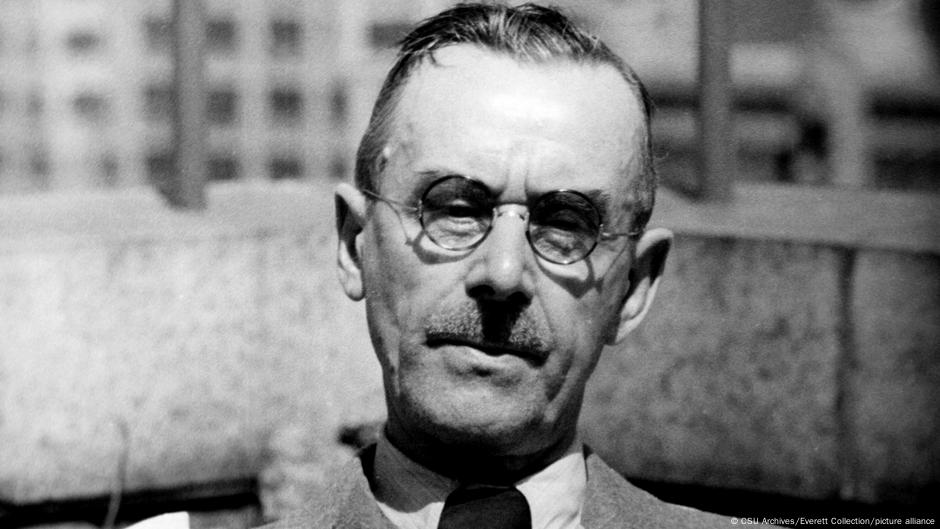Introduction to The Magic Mountain
The rooms are comfortable, the view is great, the food is delicious. The guests of a sanatorium wrapped in woolen ceiling spend their days resting on the balconies. Welcome to the Berghof, a remote luxury medical center in the Swiss Alps, in which tuberculosis patients hope to be healed by the fresh air. This is the backdrop that Thomas Mann selected for his influential novel "The Magic Mountain" from 1924.
The Story Begins
The story begins in 1907. Hans Castorp, the son of a Hamburg dealer and aspiring engineer, travels to the Berghof to visit his sick cousin. He actually only wants to stay for three weeks, but it’s seven years. The strange thing is that Hans Castorp himself is actually healthy. "But he is literally accepted by sanatorium life," explains the literary critic Kai Sina. "The patients, their philosophical debates and their customs, the strict health routines, luxurious meals and compulsive temperature tests: it becomes part of this world."
An Era of Radical Upheavals
The fully isolated sanatorium is a microcosm that shows the crisis of a changing society. The turn of the 20th century is an era of radical upheavals. Industrialization has fundamentally changed life; Religious certainties are increasingly questioned by science. Nationalist and socialist movements increase alike. The disorientation, which is caused by the loss of traditional values, leads to social tensions – which can also be felt in the famous patients of the Berghof. "It was in the air," as the novel says.
The "Big Irritation" – Then and Today
If there was no archaic language, one could think that the novel was written by a contemporary author of Thomas Mann a century ago. The novel plays in an era of "great irritation", a "turning point", as Thomas Mann expert Caren Heuer describes it. This year, the director of the Buddenbrookhaus in Lübeck, the former home of Thomas Mann’s family and now a museum that is dedicated to the writer and his brother Heinrich, has the feeling that we are currently experiencing a similar phase of irritation and are noticeable everywhere.
From the War Lover to the Proponent of Democracy
When Thomas Mann wrote "The Magic Mountain", he had his own political change in mind. In 1913 he brought the first lines on paper and ended the work 12 years later – interrupted by the First World War. When he started with the book, he was a committed supporter of the war, says Kai Sina to DW: But "in 1918, when the war was lost, he felt completely disoriented," added the Thomas Mann expert. From then on he became one of the most eloquent opponents of Germany of fascism.
A ‘Random’ Novel
Mann originally introduced the book as a humorous short story, a light counterpart to his novella "Death in Venice". He chose the sanatorium environment after his wife Katia had spent three weeks for treatment with tuberculosis for three weeks. The end result would become one of the largest novels of the century and extend almost a thousand pages. "The Magic Mountain" is not just about ideologies, but about death. After all, many visitors to the sanatorium go in a coffin, as there were no antibiotics at that time.
A "World Festival of Death"
Hans Castorp may have hoped for further favors of the beautiful Russian, but when the First World War breaks out, the patients flee from the Berghof. Castorp joins a voluntary regiment; His path is lost on the battlefield. At the end of "The Magic Mountain", Thomas Mann asks: "Will she love her one day from this world festival of death?" The novel was translated into 27 languages. For Isabel Gracia Adabel, who translated "The Magic Mountain" into Spanish, the novel has lost none of its relevance: "A century has passed and we are still the same to solve conflicts with wars."

